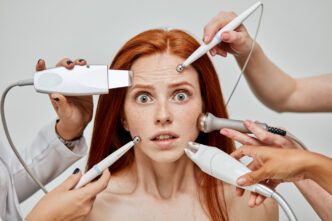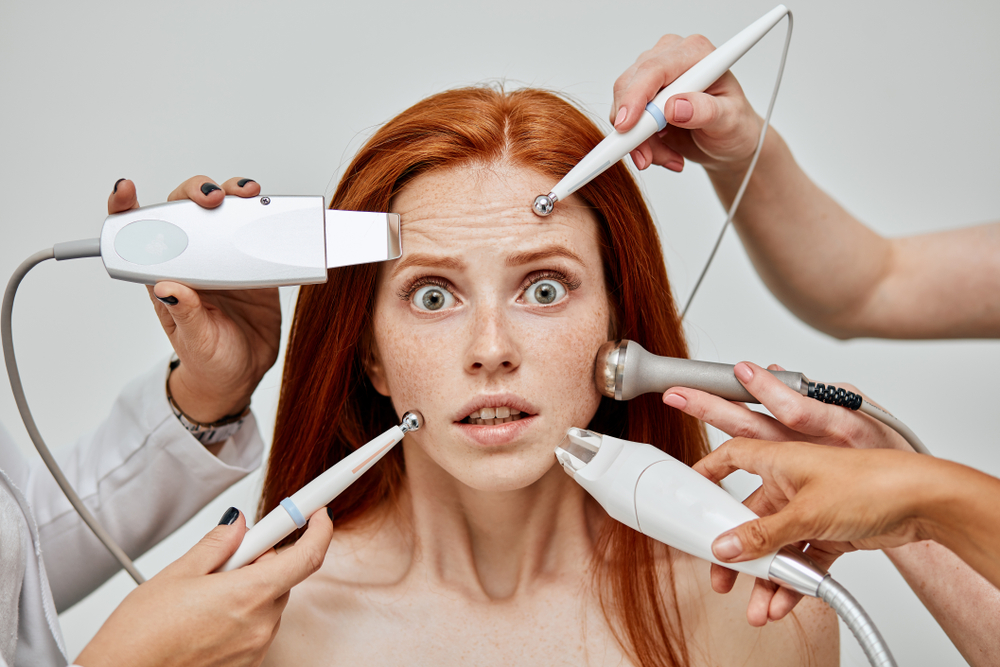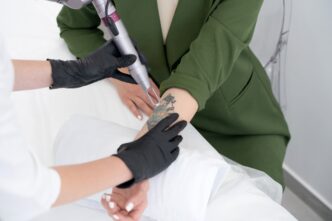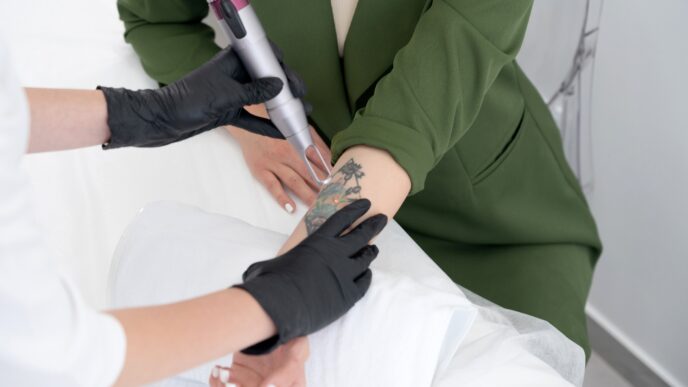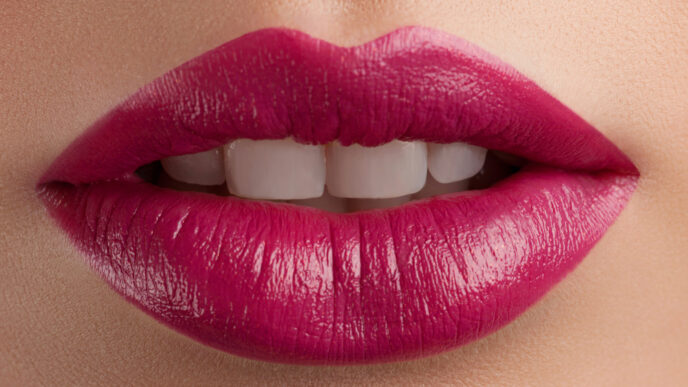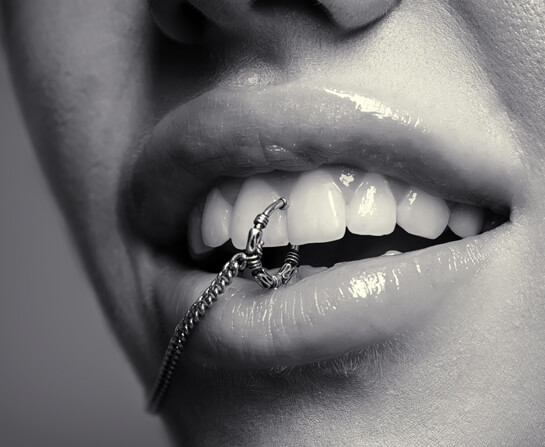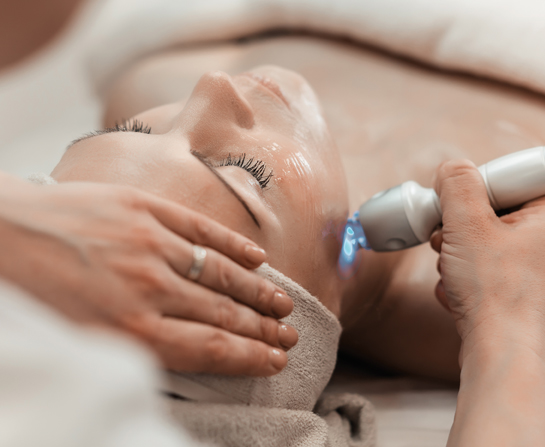Stories of people losing their eyesight after having fillers in their face are common, but fortunately, studies suggest that such stories are more common than the actual number of cases of people going blind due to filler injections. Let’s take a closer look at this matter.
WORDS LIM TECK CHOON
Yes, it is possible to blind due to getting fillers for the face, but do not panic.
The incidence of vision loss cases following the use of injectable fillers is actually rare.
- For example, a 2015 review of all published worldwide medical literature up to that year identified only 98 cases of vision changes after the use of injectable filler.
- 65 of them lead to vision loss in eye; vision loss is reversible only in 2 cases.
- This is a small number compared to the total number of people going for injectable fillers globally.
However, because vision loss is still a risk, albeit a small one, let’s review what we know of this so far.
COSMETIC FILLER BLINDNESS
Cosmetic filler blindness is a medical term coined for vision loss after the use of injectable fillers into the face.
- This issue is still poorly understood, due to its rarity.
- One theory is that the injection of fillers into the face can cause blockage in the arteries leading to the eye, thus reducing or even cutting off blood supply to the eye.
- Without adequate blood supply, tissues in the affected eye will be starved of nutrients and oxygen, and they eventually die, resulting in vision loss.
Eye-Popping Facts about Fillers and Blindness
- Autologous fat fillers are the most common filler (48%) to cause vision changes.
- Next is hyaluronic acid (24%).
- Parts of the face identified to pose the highest risk of vision changes after filler treatment are:
- The forehead (51%)
- The nasal region (25.5%)
- The nasolabial fold (13.3%)
SO, WHAT IS BEING DONE ABOUT THIS?
On the bright side, research is being carried out on this issue, especially when it comes to the use of hyaluronic acid fillers.
Until we have more data and, hopefully, means to reduce the risk of vision loss after a filler treatment, many healthcare professionals recommend getting fillers from reputable, licensed, and experienced dermatologists.
They also recommend that aesthetic medical practitioners should acquire a more thorough understanding of the anatomy of the human face and especially the eye, in order to minimize the risk of causing vision loss in their clients.
| This article is part of a series that take a scientifically proven look at aesthetics and beauty. |
References:
- Humzah, M. D., Ataullah, S., Chiang, C., Malhotra, R., & Goldberg, R. (2019). The treatment of hyaluronic acid aesthetic interventional induced visual loss (AIIVL): A consensus on practical guidance. Journal of Cosmetic Dermatology, 18(1), 71–76. https://doi.org/10.1111/jocd.12672
- Joganathan, V., & Shah-Desai, S. (2020). Awareness of management of hyaluronic acid induced visual loss: A British National Survey. Eye (London, England), 34(12), 2280–2283. https://doi.org/10.1038/s41433-020-0810-7
- Mortada, H., Seraj, H., Barasain, O., Bamakhrama, B., Alhindi, N. I., & Arab, K. (2022). Ocular complications post-cosmetic periocular hyaluronic acid injections: A systematic review. Aesthetic Plastic Surgery, 46(2), 760–773. https://doi.org/10.1007/s00266-021-02730-5
- Kern, J. A., Kollipara, R., Hoss, E., Boen, M., Wu, D. C., Groff, W., & Goldman, M. P. (2022). Serious adverse events with injectable fillers: Retrospective analysis of 7,659 patient outcomes. Dermatologic Surgery, 48(5), 551–555. https://doi.org/10.1097/DSS.0000000000003409

